Mountains overlooking the sea, unique landscapes of rare beauty, towns steeped in history, medieval villages, ancient castles, Romanesque parish churches, Renaissance and Baroque palaces, and roots that are lost in prehistory. We are talking about the Province of Massa-Carrara, the northernmost in Tuscany, divided between the Apuan Alps and Lunigiana, and chosen by the New York Times as the only Italian destination for a trip in 2024. Known for its rich artistic tradition, its landscapes and its millennia-old culture, ancient land of the Liguri Apuani, a warlike people who stood up to the Romans and whose mysterious stele statues remain for us to admire in the area’s museums, the Province of Massa-Carrara is a little-known jewel for mass tourism, but one that offers virtually everything. The southern part of the province is dominated by the spectacular Apuan Alps, famous for their majestic peaks, marble quarries, and scenic trails. Nature lovers can explore the Apuan Alps Park, where hiking trails lead to spectacular views, craggy caves, and lush forests. And then there are the cities: Massa and Carrara preserve their historic centers well intact, but they are also seaside towns that come alive in the summer, becoming popular seaside destinations, while Lunigiana is dotted with picturesque medieval villages, such as Filetto and Bagnone, that offer the chance to take real time travels among cobblestone streets, stone houses, and a still authentic and genuine atmosphere. And what about the gastronomic specialties? Delicacies impossible to find anywhere else in Italy can be found here: testaroli from Lunigiana (seasoned with pesto, or with oil and parmesan cheese), Colonnata lard, sgabei, wine from the Candia hills, sweet rice cake, spongata, and many other specialties that satisfy everyone’s palate. Massa-Carrara is therefore a destination that reserves the opportunity to explore natural beauty, learn about a very ancient history, and savor unique cuisine on a journey that will provide memories that are hard to forget. However, let’s see what are the ten stops you should not miss during your stay!
Massa, the ancient capital of a small state (first a marquisate, then a principality and finally a duchy) that roughly corresponded to the territory of the present province and remained independent from the 15th century until the Restoration, preserves in its historic center its orderly Renaissance layout gathered around the austere bulk of the Ducal Palace, once the seat of the state government and the residence of the Cybo-Malaspina family (the rulers of Massa and Carrara), and today partly the seat of the prefecture and partly an exhibition center. The center gathers at the foot of the Malaspina Castle, an ancient medieval fortress, which was also transformed during the Renaissance to make it a residence more suited to the new times (today it has also become home to the Uffizi Diffusi project), is very lively and bustling, full of clubs and elegant stores and boutiques, and has much to visit: the Cathedral, which preserves, among many works of art, a Madonna by Pinturicchio; monumental squares such as Piazza Aranci and Piazza Mercurio; the Diocesan Museum, which allows a journey through local art from the 15th to the 19th century; and then just outside the Villa della Rinchiostra, the former residence of the Cybo-Malaspina family, which houses the Guadagnucci Museum. In summer, Marina di Massa, the hamlet lying on the shores of the Tyrrhenian Sea, is a regular destination for lively seaside tourism.
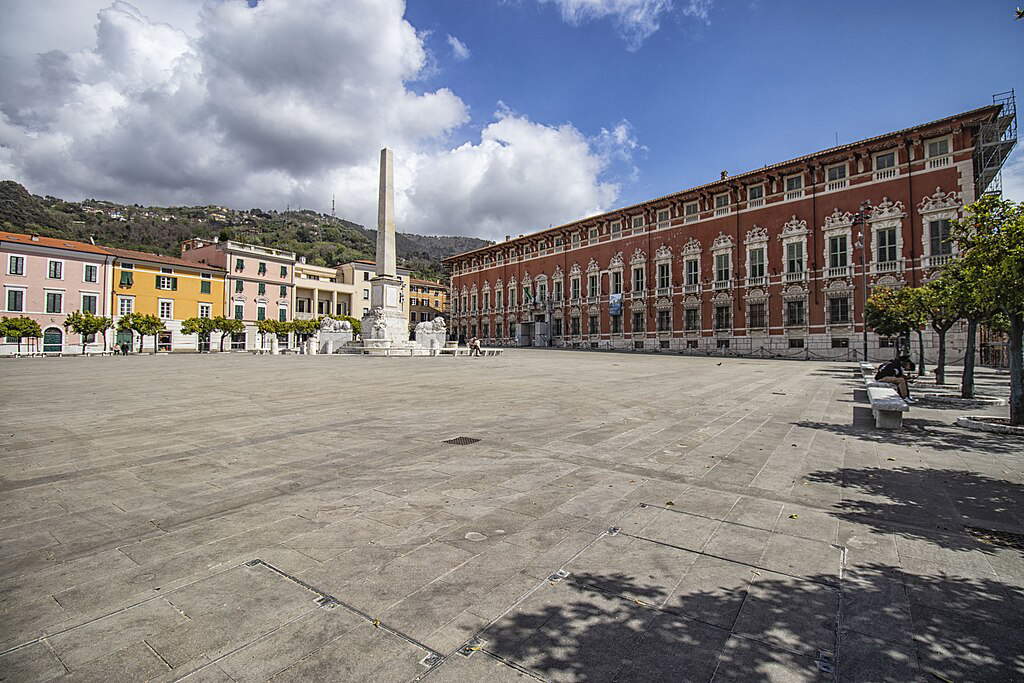
The marble capital of the world is squeezed between the marble quarries of the Apuan Alps and the hills that separate it from nearby Massa and Ortonovo (which is formerly the province of La Spezia and therefore Liguria). Its historic center is one of the most stratified in the region: the medieval nucleus clustered around the cathedral, filled with narrow alleys overlooked by houses with ancient marble portals, is easily recognizable; the Renaissance nucleus, on the other hand, surrounds the beautiful Piazza Alberica, the beating heart of the historic center; the 19th-century part that instead stretches along Via Roma; and even the more modern part along Via Verdi, where one can see the large marble buildings designed in the early 20th century. The cathedral, in Romanesque-Gothic style, is one of the most beautiful in Tuscany: inside is a sumptuous 14th-century crucifix, the Gothic “Cassanelle” (a 14th-century sculptural group depicting the Annunciation), 16th-century frescoes, and rich sculptural apparatus. Also worth seeing are the Prince’s Palace and the Cybo-Malaspina Fortress, united and now home to the Academy of Fine Arts (on request you can visit the gipsoteca, with works by Canova and Thorvaldsen, and the interesting art collection), the Marble Museum, which is the landmark of the area, the Museum of Contemporary Art with the works of the Sculpture Biennials that for some time were among the most important art events in the world, and Palazzo Cucchiari, an exhibition venue that organizes nationally renowned exhibitions every year. Descending from the historic center are Avenza, an ancient village once on the sea (evidence of its origins remains in the medieval Castruccio tower) and Marina di Carrara, another seaside resort, while further upstream Colonnata, an ancient village of quarrymen now famous for its lard, is worth a visit. Discover here the 10 places not to miss in Carrara.
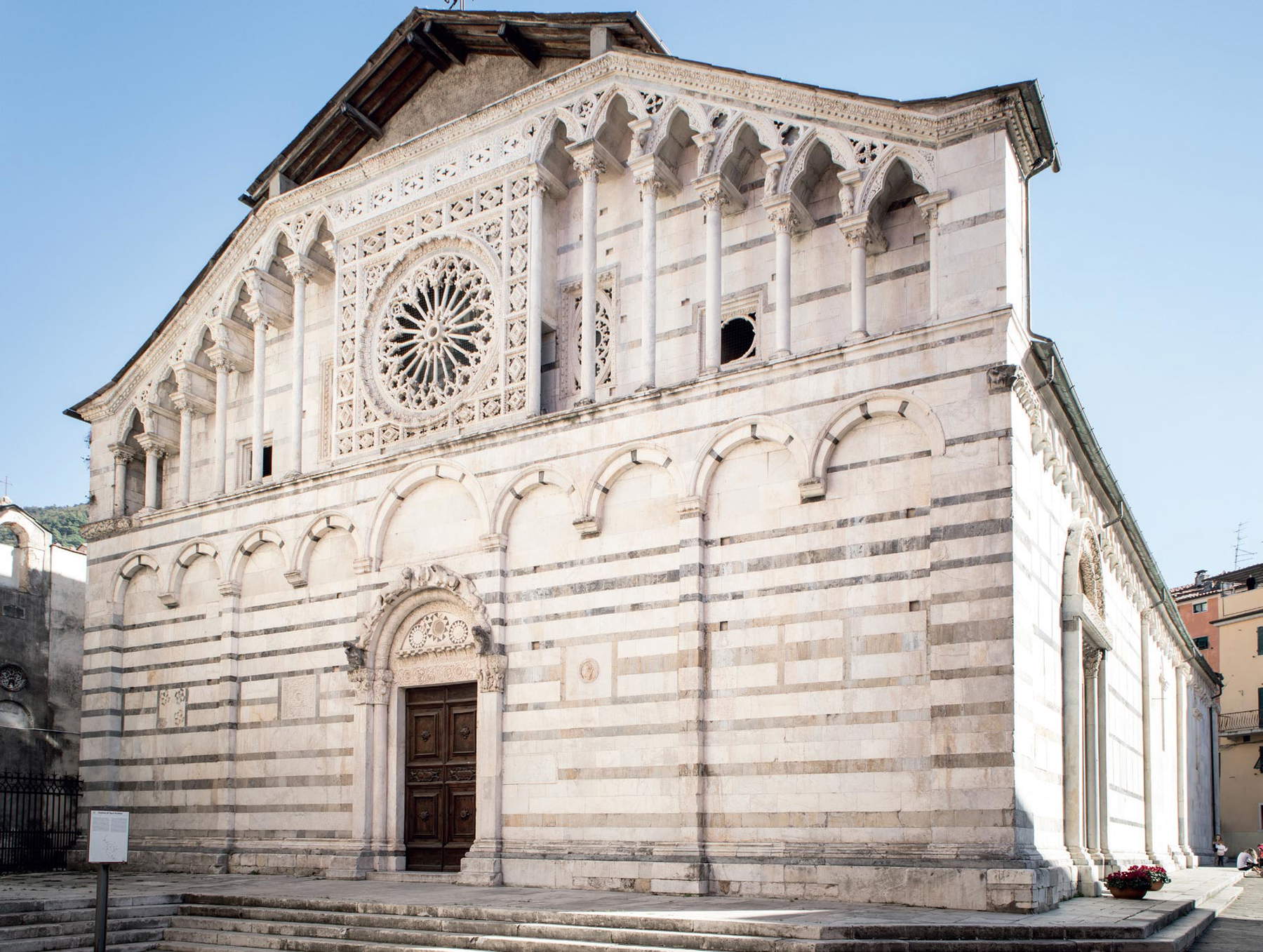
Carrara’s marble quarries are world-famous for their production of high-quality marble, which has been used since Roman times for buildings and works of art, such as Michelangelo’s David or Pieta (the great Renaissance artist often traveled to Carrara to select marble in person). To learn about the long history of marble quarrying in Carrara, one can visit the site of Fossacava, an ancient quarry used since Roman times and now an open-air museum. Carrara’s three marble basins produce different types of marble, including statuary, calacata, bardiglio, and other marbles in demand worldwide.Each type has unique color and veining characteristics, and the choice of marble often depends on the specific needs of the project. Marble quarrying is a challenging and often spectacular process: today, quarrymen use both modern and traditional equipment to extract large blocks of marble from the walls of quarries and transport them down the mountain to be further processed in local workshops. Visitors have the opportunity to take part in guided tours of Carrara’s marble quarries, organized by private agencies scattered throughout the area (most quarries are closed to the public as workplaces, so it is necessary to contact specialized parties to visit them). These tours, often conducted in 4x4 vehicles that climb the very steep quarry routes, offer a unique opportunity to explore the quarries, learn about the history and process of marble extraction, and admire views otherwise precluded to visitors traveling alone.
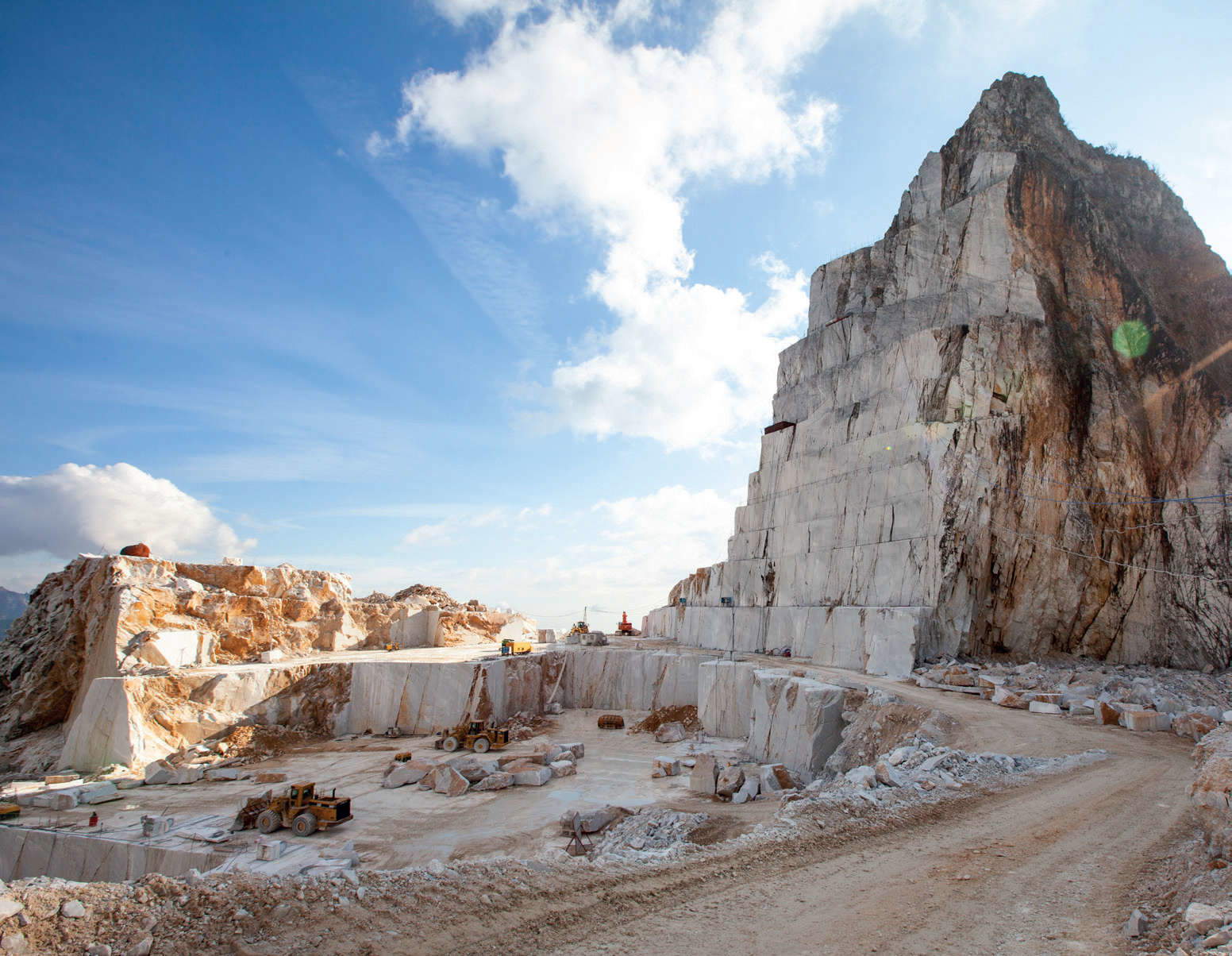
Spectacular mountain landscapes, unspoiled valleys, extremely rich flora with unique species, prehistoric settlements: all this is the Park of the Apuan Alps, established in 1985, a protected area of about 200 km² between these mountains that stretch across the provinces of Massa-Carrara and Lucca, and whose presence also serves to stem the risks due to marble-related mining activities, which have a strong impact on the environment (in fact, against the intensive activity for years environmental associations in the area have been insisting). Its strategic location makes it easily accessible from the cities of Carrara and Massa, allowing visitors to quickly immerse themselves in unspoiled nature. The park is home to a variety of plant species, including chestnut forests (the chestnut tree has been an important source of livelihood for this area for centuries), beech and holm oaks, and then high-altitude meadows. Wildlife includes mammals such as chamois, wild boar and roe deer, as well as numerous birds of prey (it is not difficult, for example, to spot hawks and buzzards). The Apuan Alps Park is crisscrossed by a network of hiking trails that allow visitors to explore the natural beauty of the region. Hikes of varying difficulty allow you to tailor the experience to your ability. Also discover the 10 places not to miss in the Apuan Alps.
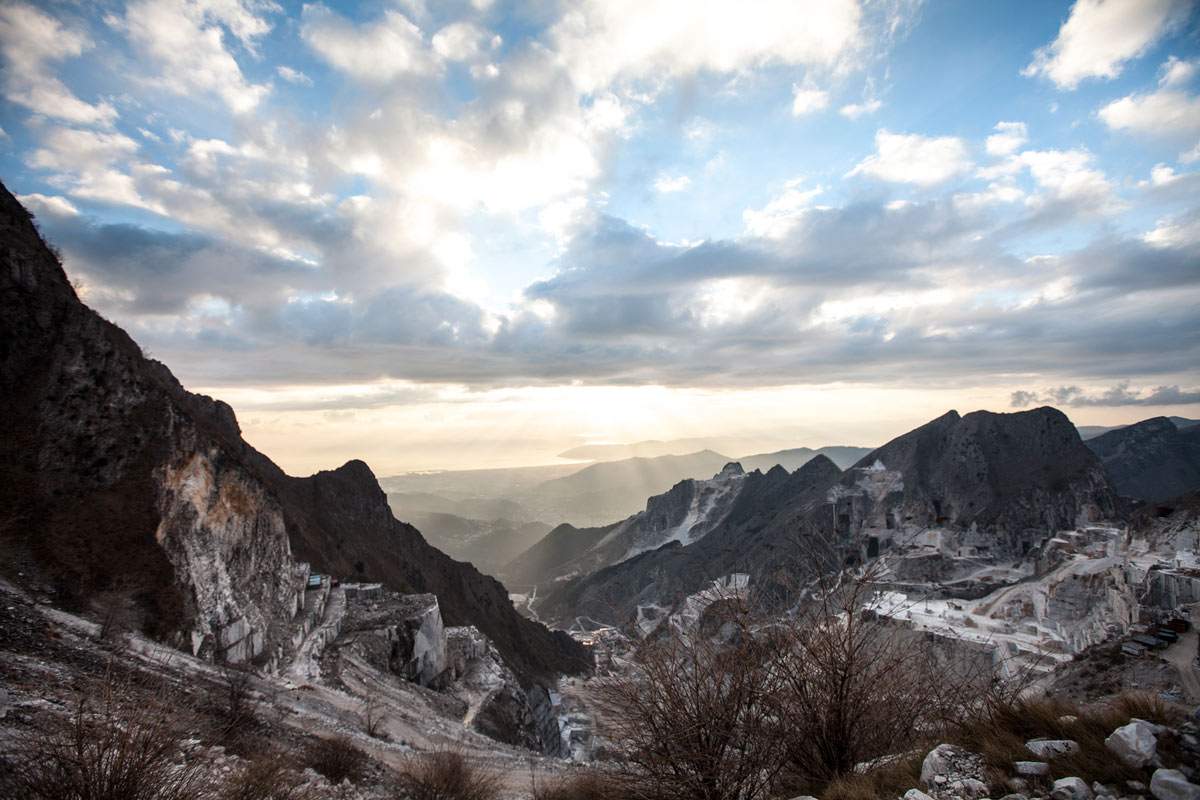
Marina di Carrara, Marina di Massa and Cinquale: these are the three hamlets of the three respective municipalities (Carrara, Massa and Montignoso) that make up the Apuan Riviera, the narrow strip of land facing the Ligurian Sea, which comes alive in spring and summer, becoming one of Tuscany’s most popular areas for seaside tourism, partly because the three resorts are characterized by different types of tourism (Marina di Carrara and Marina di Massa are the typical choice of those who appreciate family or otherwise quiet and relaxing tourism, while Cinquale is a favorite resort for those who want to get closer to the bustling nightlife of nearby Versilia). The Apuan Riviera is known for its golden sandy beaches and clean waters (the three municipalities have often been awarded the Blue Flag).The coastal resorts offer options for spending relaxing days at the beach, sunbathing, and enjoying the Mediterranean climate. Plenty of bathing establishments cover almost the entire coastline, but there is still no shortage of free beaches or cliffs.

Who would tell you that in the province of Massa-Carrara there is a dense network of castles comparable to the Castles of the Loire in France or, to stay in Italy, to the castles of Parma? These are the castles of Lunigiana, which have come down to us from the Middle Ages, built in a region that has always been a borderland and a land of contention between the many states that divided these areas (in addition to the Duchy of Massa and Carrara, the Republic of Genoa, the Grand Duchy of Tuscany, the Duchy of Milan, the Duchy of Parma and Piacenza, and in even earlier times even the Bishops of Luni: the interests of all these subjects inevitably passed through Lunigiana). So there are many fortresses and manors that can be visited, from the best-preserved ones such as the Castle of Fosdinovo or the Castle of Piagnaro in Pontremoli (the latter houses the Museum of Stele Statues), to ancient military forts such as the Brunella Fortress or ruins such as those of the Comano Castle. The most interesting ones? Let’s try to provide a list: in addition to those already mentioned, the ones to see are those in Bagnone, Castiglione del Terziere, Malgrate, Terrarossa, Licciana, Monti, Lusuolo, Verrucola Castle, and Castel dell’Aquila. Also discover 10 other places to see in Lunigiana.

Pontremoli is the capital of Lunigiana as well as the gateway to Tuscany for those arriving from the north. It is a very ancient town that has experienced several historical phases. The oldest evidence of the area are the Lunigiana stele statues, preserved in the Museum of the Stele Statues in the Piagnaro Castle: it is the museum that preserves the largest existing collection of these mysterious statues, carved more than two thousand years ago by the Ligurian Apuani people, and about whose function scholars still wonder (a visit to this evocative museum is a must-see). The historic center of Pontremoli lies at the confluence of the Magra and Verde rivers and is therefore particularly scenic as a medieval village overlooking two rivers. Pontremoli then experienced a season of extraordinary wealth between the seventeenth and eighteenth centuries and is therefore one of the best-preserved Baroque towns in Tuscany: visit Villa Dosi Delfini to realize this (or you can participate in the days when the town’s largely private Baroque palaces open their doors to visitors: a secret world of sumptuous and spectacular frescoes, with extraordinary plays of perspective illusionism, much appreciated in these parts, opens up to the visitor). Also discover the fascinating history of Pontremoli Baroque and the main sites to see.
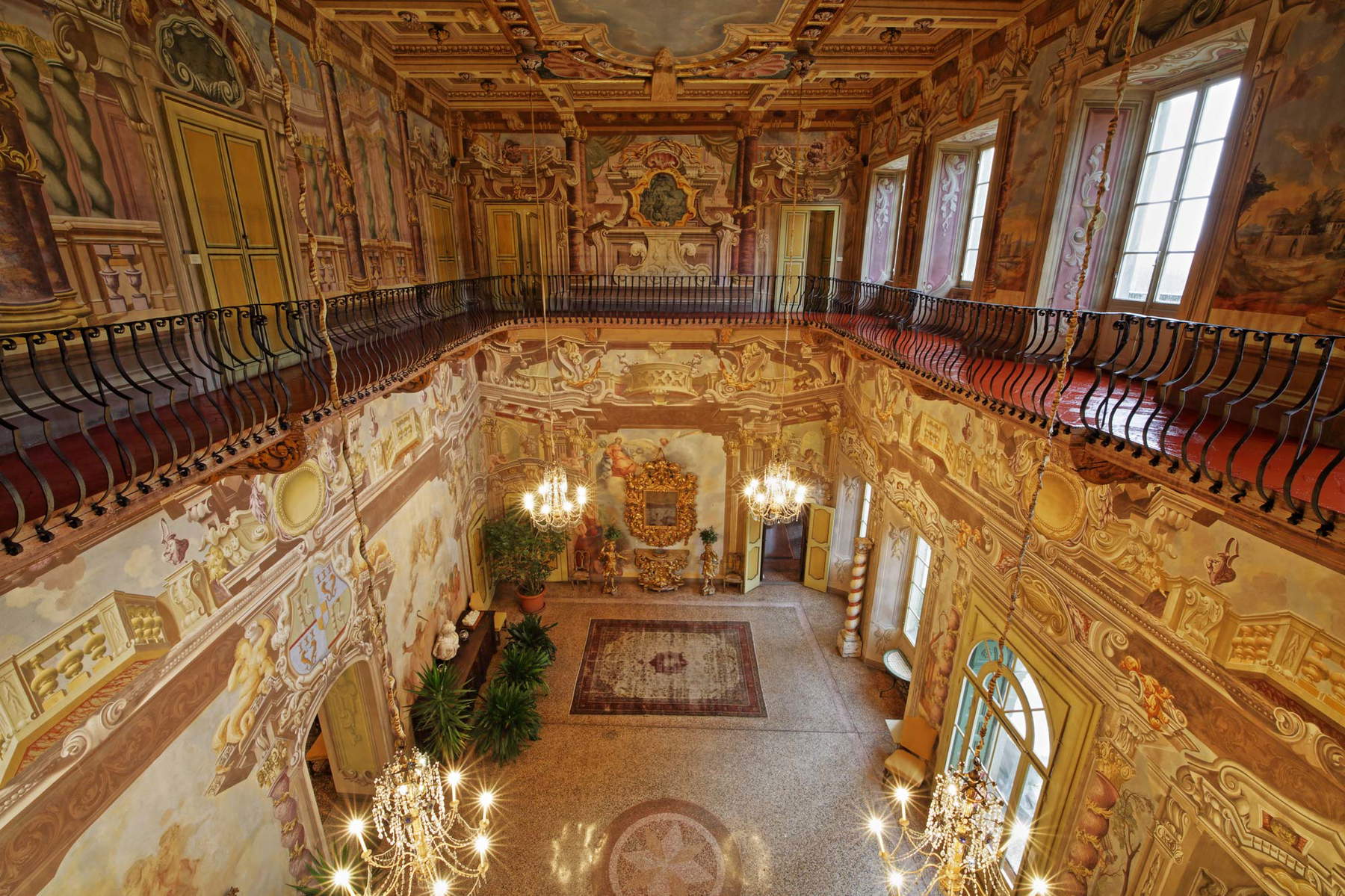
A small fortified village (the name “Filetto” perhaps derives from the Greek word filakterion, meaning precisely “fortified place”), with very ancient origins: perhaps a village existed here between the 6th and 7th centuries. Filetto is worth visiting because it has kept its medieval appearance perfectly intact (so much so that today it is the site of several festivals and themed re-enactments, precisely because it is rare to find such well-preserved villages). Tightly enclosed within its walls, Filetto opens to the visitor with its stone buildings, narrow alleys, the church of Saints Philip and James, and the 17th-century palace of the Marquis Ariberti. In addition, just outside the village, it is impossible to pass up a visit to the Selva di Filetto, a mysterious and fascinating chestnut forest that can be counted among the most magical places in the province of Massa-Carrara, as it is believed to have been the site of ancient rituals of the Liguri Apuani (this is attested to by the fact that eleven stele statues have been found here). A legend that the inhabitants like to pass on to each other has it that Dante Alighieri, who stayed in Lunigiana between 1306 and 1307 as a guest of the Malaspina family, drew inspiration for his “dark forest” precisely from the forest of Filetto.
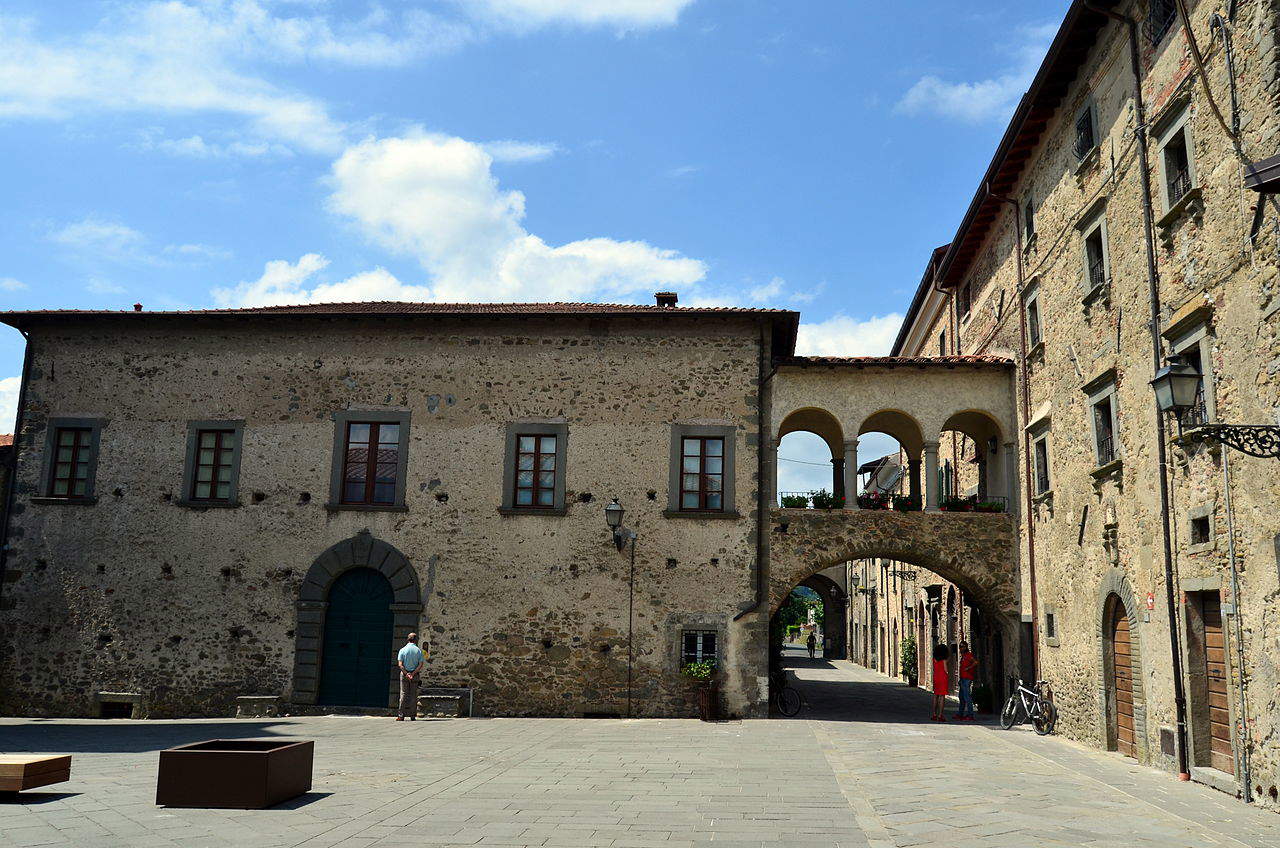
Fosdinovo is a charming medieval village located in Lunigiana, which attracts visitors interested in the history and culture of these lands. The Malaspina Castle is the main monument in the village: it dates back to the 14th century and is one of the best preserved castles in Lunigiana. The structure, open to the public, dominates the village and offers spectacular views of the surrounding valley. Also of considerable importance is the church of San Remigio, which is anticipated by a scenic marble staircase and whose interior houses splendid monuments and altars also made of marble. Also of ancient origin is the Oratorio dei Bianchi, which is notable for its extraordinary 17th-century façade made entirely of slabs of off-white marble. The surrounding hills offer opportunities for hikes and nature walks, but Fosdinovo is also a place where it is possible to savor the best of local cuisine, given the presence, especially among the hills, of restaurants and trattorias offering traditional Lunigiana dishes.
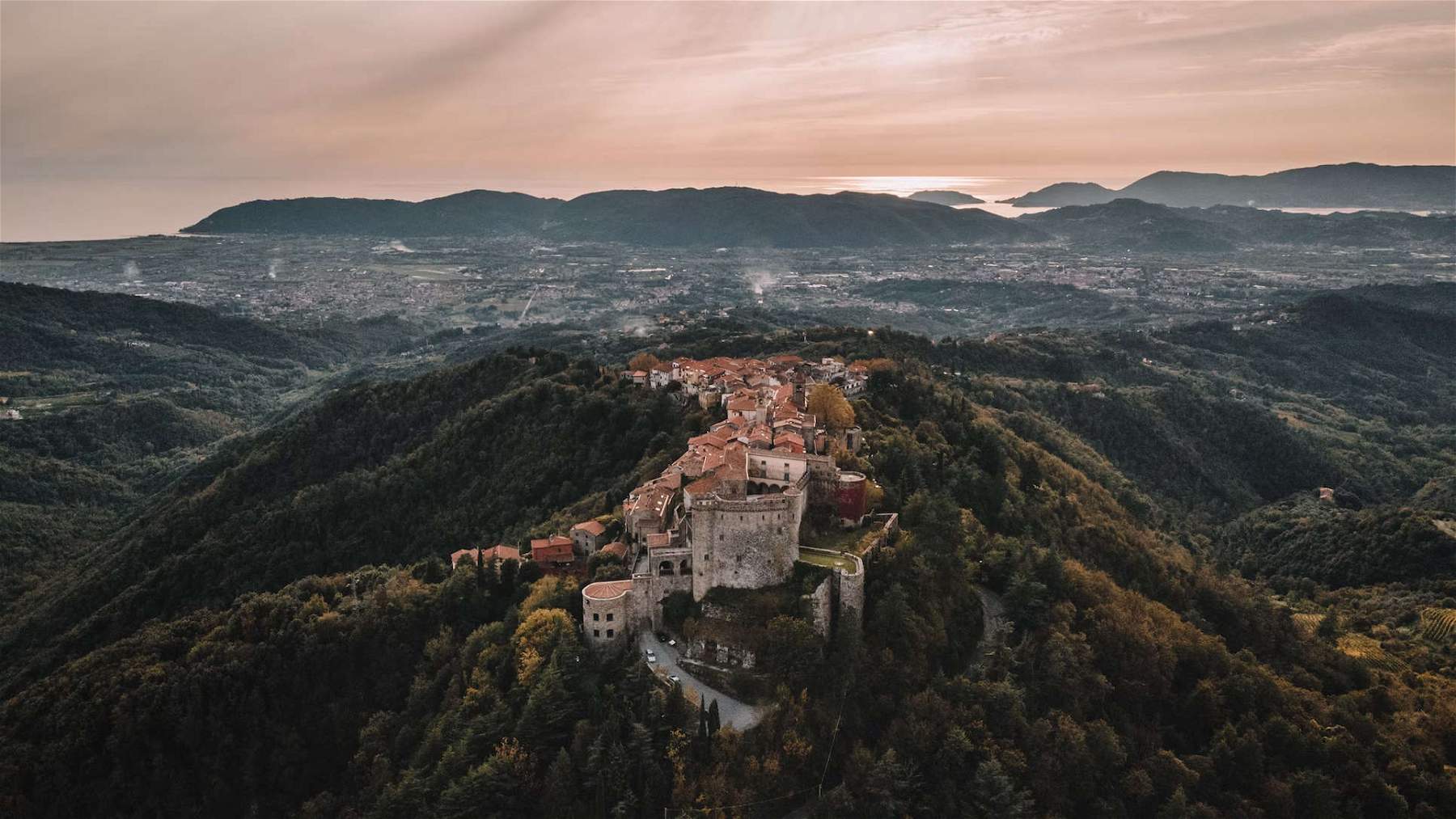
A. corner of Tuscany in Tuscany. This is how one could define Fivizzano: in fact, the Province of Massa-Carrara has a history mostly unrelated to that of the rest of the region, since, as mentioned at the beginning, the territory was for centuries an autonomous state that had little to do with what was decided in and around Florence. Fivizzano is an exception, however: it was one of the few villages in Lunigiana administered by the Florentines from ancient times. In fact, it was 1477 when Fivizzano came under Florence, and today the town’s historic center is the only one with a distinctly Florentine imprint in the area, as attested (right from its name) by the very central Piazza Medicea, with its neat Renaissance palaces and the fountain built by Cosimo III de’ Medici, or the works found in the churches, starting with the altarpiece on the high altar of the church of Santi Jacopo e Antonio, painted by the Florentine Pier Francesco Foschi. Nearby, castles (such as that of Verrucola) are worth visiting, in addition to the hills and mountains of the Apuan Alps Park within easy reach of the town center.
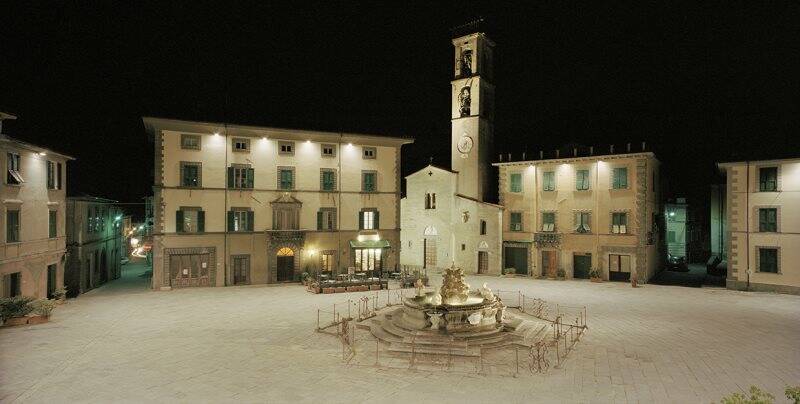
 |
| Massa-Carrara, what to see: the 10 places not to miss |
Warning: the translation into English of the original Italian article was created using automatic tools. We undertake to review all articles, but we do not guarantee the total absence of inaccuracies in the translation due to the program. You can find the original by clicking on the ITA button. If you find any mistake,please contact us.